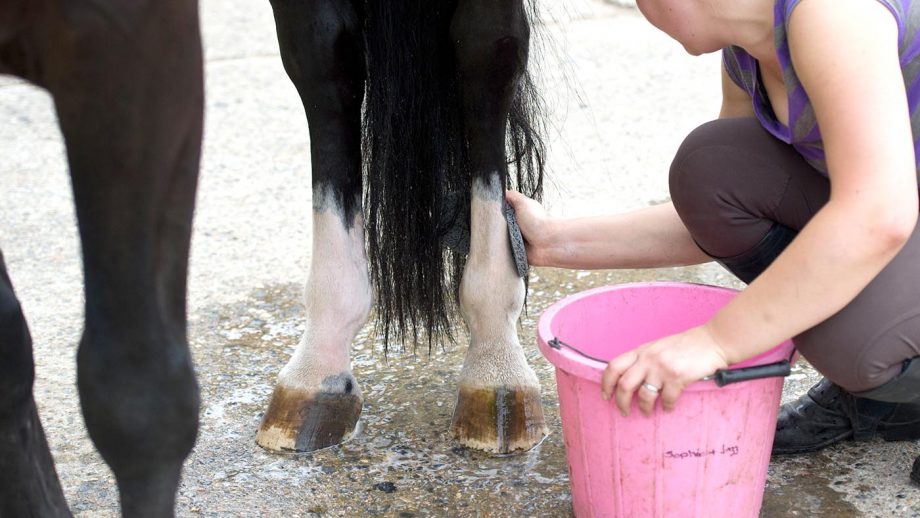When it comes to horse racing, one of the most critical aspects is the breed of the horse. Different races require different horses, and understanding what horse breeds are used for racing can provide insight into this fascinating sport.

The Importance of Horse Breeds in Racing
Racing is a competitive and exciting sport. With various types such as flat racing, harness racing, and steeplechase, each demands specific qualities from the horses. Breeds play a significant role in determining the success of a horse in racing due to their unique characteristics.
Attributes That Make a Horse Suitable for Racing
Speed, agility, stamina, and temperament are essential traits. A horse’s conformation, which includes its physical structure and muscular development, also greatly influences its racing capability.
Thoroughbred: The King of Horse Racing
The Thoroughbred is synonymous with horse racing. Known for its speed and agility, Thoroughbreds are a staple in flat racing events like the Kentucky Derby. Safety Tips for Beginners offers insights on maintaining these powerful creatures.
Arabian Horses: The Endurance Masters
Arabians are celebrated for their incredible stamina. This makes them ideal for long-distance racing such as endurance racing. Their history dates back centuries, known for their versatility and resilience.
Quarter Horses: The Sprint Specialists
Quarter Horses are exceptional in short, high-speed races called sprints. They excel at races that require quick bursts of speed, thanks to their muscular build.
Standardbreeds: Harness Racing Champions
Used primarily in harness racing, Standardbred horses are known for their strength and pace. Unlike Thoroughbreds, these horses race at a trot or pace.
American Paint Horses: A Splash of Diversity
Known for their distinctive markings, American Paint Horses bring both visual appeal and performance to races. They are utilized in various types of races, showing adaptability and spirit.
The Role of Genetics in Horse Racing
Genetics play a pivotal role in determining a horse’s racing potential. Traits passed down through generations significantly impact the horse’s physical and mental abilities.
Training and Its Impact
Training is a crucial aspect that complements the natural abilities of these horse breeds. Essential Riding Gear is necessary for both the comfort and performance of racing horses.
Common Challenges in Horse Racing
During their racing careers, horses face numerous challenges, including common injuries and the pressure to perform. Proper care and training are essential to overcome these obstacles.
Caring for Racing Horses
Specialized care, including diet, medical care, and training regimens, ensures their health and performance levels remain at their peak. Maintaining Riding Gear is an integral part of keeping these athletes in shape.
The Future of Horse Racing Breeds
The evolution of horse racing continues, with breeders focusing on enhancing speed, endurance, and overall performance. Techniques such as selective breeding are employed to ensure that future generations of horses maintain or exceed current standards.
Conclusion
Understanding what horse breeds are used for racing provides insights into the intricacies of the sport. Each breed brings unique features to the table, ensuring a thrilling and enduring spectacle.

FAQs
What makes Thoroughbreds ideal for racing? Thoroughbreds are renowned for their speed, agility, and endurance, making them the perfect choice for flat races like the Kentucky Derby.
Why are Arabians preferred for endurance racing? Arabians have unmatched stamina and resilience, making them suitable for long-distance challenges in endurance racing.
What differentiates Quarter Horses in racing? Quarter Horses are known for their ability to sprint over short distances, making them ideal for races requiring quick bursts of speed.







